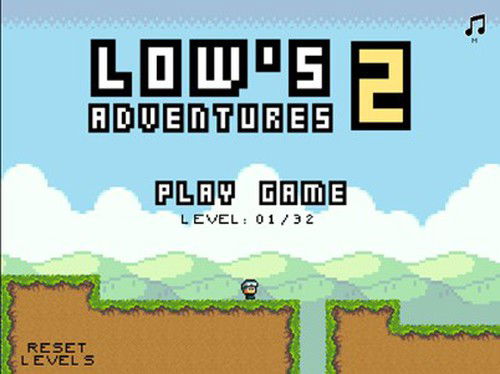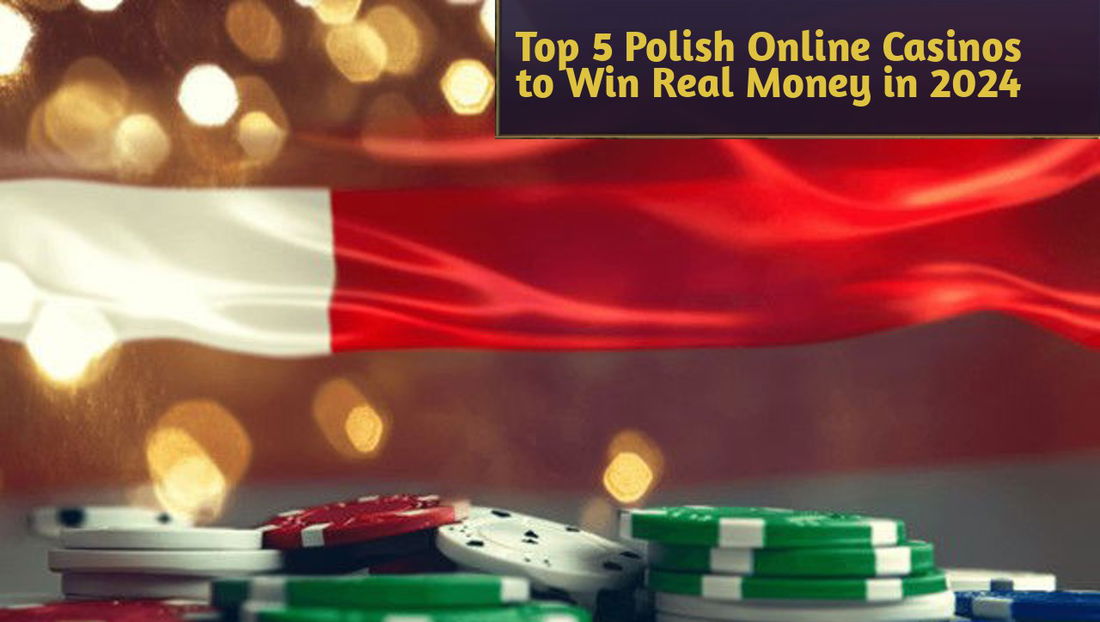That's a way to say that every item has its own address, it's in the player's possession, and no other player has it, and it cannot be duplicated. As we see it normally in the game, the game owns items like weapons, skins, and vehicles, and you don't really own those things. However, what they own in NFTs are the assets that can be traded, sold, or just hoarded by players. This shift, along with the value in real-world value, can lend in-game items more in-depth investment for play and in investment.
Understanding the Fundamentals of NFT Game Collectibles
This means the grassroots NFT game collectibles allow real ownership of items. Unlike normal in-game items, standard NFT collectibles are totally stored on the blockchain, and players actually own them. This is the core of NFT Game Development, where tokenizing game assets allows them to be unique and tradeable, independent of the game itself.
Each one of these items is minted as a unique digital token with that particular ID, and cannot be duplicated or replaced. Using tokenization, players buy hard assets like virtual items such as weapons, skins, or mounts that can be owned, sold, traded. In addition to these being absolutely unique visually, they have a digital certificate of ownership on the block NFTs.
NFTs are being used to provide that real sense of ownership and scarcity, that which is not only collectible but a real worthy asset that you own and that, therefore, you have some form of power play in the economy where you're trading that collectible NFT. Then, players are able to take items out of a single game and trade them across different marketplaces, so they all have a design universe to flood their riches onto their builds.
Types of NFT Game Collectibles
NFT game collectibles cover a variety of in-game assets, each with unique appeal and functionality:
● Mounts and Vehicles: Players are able to own and trade tokenized mounts and vehicles. Let's take the example of some of the games where you might have cars with some rare vehicles that have rare stats or even have a certain design, and those cars might pose an extra value as its NFT.
● Skins and Armor: Characters cosmetics like skins, armor, and the like are something, most of the time, players want a lot in games. These are rare and are customizable so to speak so these items can become very popular collectibles.
● Weapons and Tools: Weapons are also populated by NFTs, and weapons are popular as collectibles or function as decorative or functional weapons. It would make owning these assets as NFTsNFTs a thing, in which they can buy or sell them on marketplaces for profit either based on rarity or potentially how well they were designed.
Each type has, in a way, each player would be able to own unique pieces to the game either to pass on the gaming experience or later in trading to sell outside the normal gaming arena.
Developing the NFT Game Economy
If it does have a successful NFT economy inside of it, though not before there's a lot of prep and knowing how players expect and what blockchain mechanics mean, you'll have to plan accordingly. In an NFT game, the Marketplace for in-game NFT items is in the in-game Marketplace. The platform we built at Empowering Marketplace is built to be the best possible tool for a game economy. Sometimes, this is on a Marketplace that is often decentralized, and players can monetize their collectibles by this new layer of engagement. That being said, you could even use this to allow them to create unique item types with different capabilities of rarity that will create demand, drive players to be engaged, and add value to certain assets. Giving each NFT a higher price point and making the collectibles rare, rare, and limited is a way for developers to increase their value by adding rarity levels to the items they provide.
Cross-game compatibility is also involved. By allowing players to use their assets in more games than one, NFT apps can create value in more than one place – not just in one game. Fees are generated by every market transaction, in addition to new developer revenue streams that are crowdsourced by the game economy to encourage new investments and to keep that locked in by allowing players to own real & tangible ownership of the things they collect.
How NFTs Transform Game Development
NFTs now have a direction for game development. When you design items players can actually own, not just decoration, then you incentivize developers. However, with blockchain, every sword (or custom skin) becomes a player-owned item, which makes developers think extremely differently about item creation. But in this NFT-powered world, in a world where classical limits exist in gaming in games, where the player has limited power over their digital assets, developers can build things that jump over these classical limits and give their players more freedom over their digital assets.
Another thing: NFTs can be used by developers to monetize something that didn't exist before. Implementing smart contracts allows developers to earn a small percentage from player-player sales. They have to keep their content fresh, keep up the continuous income stream that keeps them going, and partner up with brands or artists for exclusives. At the same time, NFTs can provide you with revenue and creativity, refreshing the economy and introducing a nice player-centric engagement around the game that actually causes them to play the game more.
Advantages of NFT Collectibles for Players
In a new game-changing way of playing with and seeing I-game items, NFTs of collectibles give the player benefits. Having true ownership should come first as the key advantage. As opposed to the classic, where players' collectibles remove themselves from the game once they leave, the NFT collectibles remain in the player's digital wallet and follow many platforms or games depending on compatibility. The changes empower players, allowing their in-game contributions to produce assets that players can hang onto, sell, or share.
Of course, NFTs do also have real-world value. That's because collectibles inherently lend themselves to be traded off on marketplaces where players can monetize their game items and asset their gaming investments. Furthermore, putting a direct stake in the things a user owns makes him or her more engaged with players. If, however, players can truly feel invested in this virtual world (because they really do own their little rare collectible), it can bode well for increasing loyalty and long-term interest, with players actually feeling an odd sense of ownership.
Potential Challenges and Risks in NFT Game Collectibles
NFT game collectibles might be cool, but they sure as heck ain't perfect. The chief concern is market volatility. With NFT values peaking and dipping, as well as the highly fluctuating value of NFTs, it's difficult for players to really determine how much their NFT will be worth down the line. While some investors feel they could bring in big rewards in the long run, the financial risk of buying in-game NFTs may be greater than they think since the market trends fluctuate according to the demand, the game's popularity, and any movement in the cryptocurrency markets.
And problems with fraud prevention and security. Most of the time, NFTs and blockchain tech are safe, but like anything, there are malicious interactions happening as people scam players and don't know how to trade safely. In order to secure their players, developers have to put in place strict security measures such as 2 factor authentication, secure marketplaces.
The final issue here is the legal and regulatory issues. Now that a financial aspect is present with these, it's just a matter of time before such assets bring with them regulatory stipulations around ownership or at least transactional activity around them. It is also complex because its something that you have to try to navigate these legal waters. But you have to work for legal advisors to make sure you're compliant and keeping player protection.
Case Studies of Successful NFT Game Collectibles
We then learn how NFT collectibles acquire value in the real world through the use of real world examples. The most well known case is that of Axie Infinity wherein players would buy, breed and trade Axies, unique creatures. Each Axie is an NFT, meaning players each own their Axie outright and can earn real-world money selling it with its 'play to earn' model: a massive and hugely engaged player base with a similarly huge in-game economy.
Again, another standout use case is Decentraland: A virtual world in which players buy parcels of land — NFTs. This isn't just imaginary land that you can shape and build upon and sell; it's really, really scarce, which is why when you sell it, you get some money for it. Thirdly, CryptoKitties is another example of a very successful NFT — the idea of a digital pet as an NFT, allowing anyone to own, trade, or breed different types of unique cats. In these case studies, we explore how NFTs can create user-driven economies and real value from digital assets, bringing each collectible into the real and personal.
Future Trends in NFT Game Collectibles
The future of NFT game collectibles is bright. First, we are slugging towards more and more cross-platform compatibility, where players are able to use the same NFT item through different games. Then take something special, something that is unique, something you could own across the immeasurable number of game worlds and actually put value in that thing.
Yet another trend where the metaverse is united. As the world grows more digital and the worlds in that digital realm continue to become increasingly connected, NFTs may serve a nice utility/bridge function in that people can have items that retain value or even usable functionality across environments. With developers beginning to tackle the environmental impact of NFT creation, eco-friendly blockchain developments are likely to make it big. By using a more efficient blockchain than gaming, creators can still develop high-quality NFTs and reduce their carbon footprint at the same time. Together, these trends will soon create new players, revenue-generating experiences, and models for the NFT games market.
Summary of the Future of Game Collectibles in NFTs
Reshaping how players own, value, and play in a virtual world has been what it was about playing NFT games. Instead, they seek to shift this dynamic from being used temporarily to its real value for the game items so that the players will be able to buy, sell, and own the in-game items. Marketplace fees of NFTs and the continuous sale of items give rise to new ways to develop games and make new revenues for developers. The future is NFT collectibles as cross-platform compatibility and eco-friendly blockchains become a pivotal piece of Immersive, inter-connected gaming experiences. NFT technology is an exciting frontier in gaming, bridging the gap between virtual internal world assets and transitioning gameplay and the digital economy at the same time.










— تعليقات 0
, ردود الفعل 1
كن أول من يعلق